Rock-It! to Space
The "Rock-It! to Space" activity is a fun and engaging way for high school students to experience what it's like to design a rocket launch vehicle configuration and learn about the challenges of space exploration. By participating in the activity, students can gain a better understanding of the importance of each system choice and how it can impact the rocket's performance. This activity represents what engineers do in the space industry and inspires students to pursue careers in science, technology, engineering, and math.
Duration
Group Size
Environment
Materials
Kerbal Space Program game
Computer or laptop
Rocket parts selection packet
Procedure
Divide students into 5 teams and introduce the activity. Explain that they will be using Kerbal Space Program to design a rocket launch vehicle configuration that can put 3 astronauts in orbit around the Earth.
Distribute the rocket parts selection sheet to each team.
Give the teams 5 minutes to select their rocket parts and design their launch vehicle configuration. Encourage them to consider factors such as thrust, fuel capacity, and weight distribution.
Once the 5 minutes are up, have each team submit their rocket configuration to the Naut Trainers.
Start the test launches in the Kerbal Space Program game, one at a time, with each team's rocket configuration.
Only 1 of the configurations will be completely successful, and the others will have minor or major failures that prevent the astronauts from getting to orbit and trigger the abort sequence.
After the test launches, gather the students for a brief retrospective on how the activity represents what engineers do in the space industry and how each system choice can impact the rocket's performance. The Naut
Trainers will explain why certain configurations failed during ascent.
The Naut Technicians will record the activity for marketing and educational content.
Learning Objectives
Students will be able to identify the basic components of a rocket launch vehicle, including the main engine, boosters, fuel tanks, and payload.
Students will be able to analyze the performance of different rocket configurations based on factors such as thrust, fuel capacity, and weight distribution.
Students will be able to evaluate the impact of system choices on the rocket's performance during ascent, such as acceleration, altitude, and velocity.
Students will be able to apply problem-solving skills to design a rocket launch vehicle configuration that can successfully put 3 astronauts in orbit around the Earth.
Instructional Strategy
Guided exploration: The Naut Trainers can provide guidance to the students as they select rocket parts and design their launch vehicle configurations. This strategy can help students build their confidence and learn from the trainers' expertise.
Collaborative learning: The students will be divided into 5 teams, which encourages collaboration and teamwork. This strategy can help students develop their communication and problem-solving skills.
Active learning: The activity itself is hands-on, as students will be actively engaged in designing their rocket launch vehicle configurations and analyzing the performance of different systems. This strategy can help students retain information better and learn through experience.
Reflection: After the test launches, the Naut Trainers will facilitate a brief retrospective on how the activity represents what engineers do in the space industry and how each system choice can impact the rocket's performance. This strategy can help students reinforce what they learned during the activity and apply it to real-world scenarios.
Feedback: The Naut Trainers will provide feedback to the students on why certain configurations failed during ascent. This strategy can help students improve their problem-solving skills and apply their knowledge to future activities.
Assessment Strategy
Observation: The Naut Trainers will observe the students' performance during the activity, noting their engagement, problem-solving skills, and ability to collaborate with their team.
Questionnaires: Naut Normal will provide the students with a questionnaire before and after the activity to measure their understanding of the content. This strategy can help assess how much the activity improved the students' knowledge and skills.
Post-activity survey: After the activity, Naut Normal will provide the students with a survey to evaluate their satisfaction with the activity and identify areas for improvement.
Interviews: Naut Normal will conduct interviews with a sample of the students to get more in-depth feedback on their understanding of the content and how the activity impacted their learning.
Portfolios: Naut Normal will ask the students to create a portfolio of their work during the activity, including their rocket configurations, notes, and reflections. This strategy can help assess how well the students applied their knowledge and skills to the activity.
Accessibility Considerations
Special needs and disabilities: Students with special needs and disabilities may require modified equipment, additional support, or adapted materials to participate fully in the activity. Naut Normal can work with the school's special education staff to identify and provide any necessary accommodations.
English language learners: Students who are learning English may require additional support to understand the instructions and participate fully in the activity. Naut Normal can provide bilingual instructions and support, as well as visual aids, to help these students understand the content.
Gifted students: Gifted students may require additional challenges and opportunities to extend their learning during the activity. Naut Normal can provide additional resources or extensions to challenge these students and keep them engaged.
Grouping: Students can be grouped in a way that maximizes learning opportunities and provides support. For example, students with special needs or disabilities can be paired with students who can provide assistance and support.
Assessment accommodations: Naut Normal can provide assessment accommodations, such as extended time or modified assessment formats, to support students with special needs or disabilities.
Feedback Strategy
Exit tickets: Students will be asked to complete a brief exit ticket at the end of the activity, summarizing their learning and identifying any questions or concerns they still have.
Group discussion: Students will engage in a group discussion to reflect on their learning and share their experiences during the activity. This can be facilitated by a Naut Trainer, who can prompt students with questions and encourage them to share their thoughts.
Post-activity survey: Naut Normal will distribute a post-activity survey to students, asking for feedback on their experience during the activity. This can include questions about the level of challenge, the usefulness of the activity, and any suggestions for improvement.
Reflection journal: Students will be asked to keep a reflection journal throughout the activity, documenting their learning and experiences. This can provide a more detailed record of their learning and allow for more in-depth reflection.









